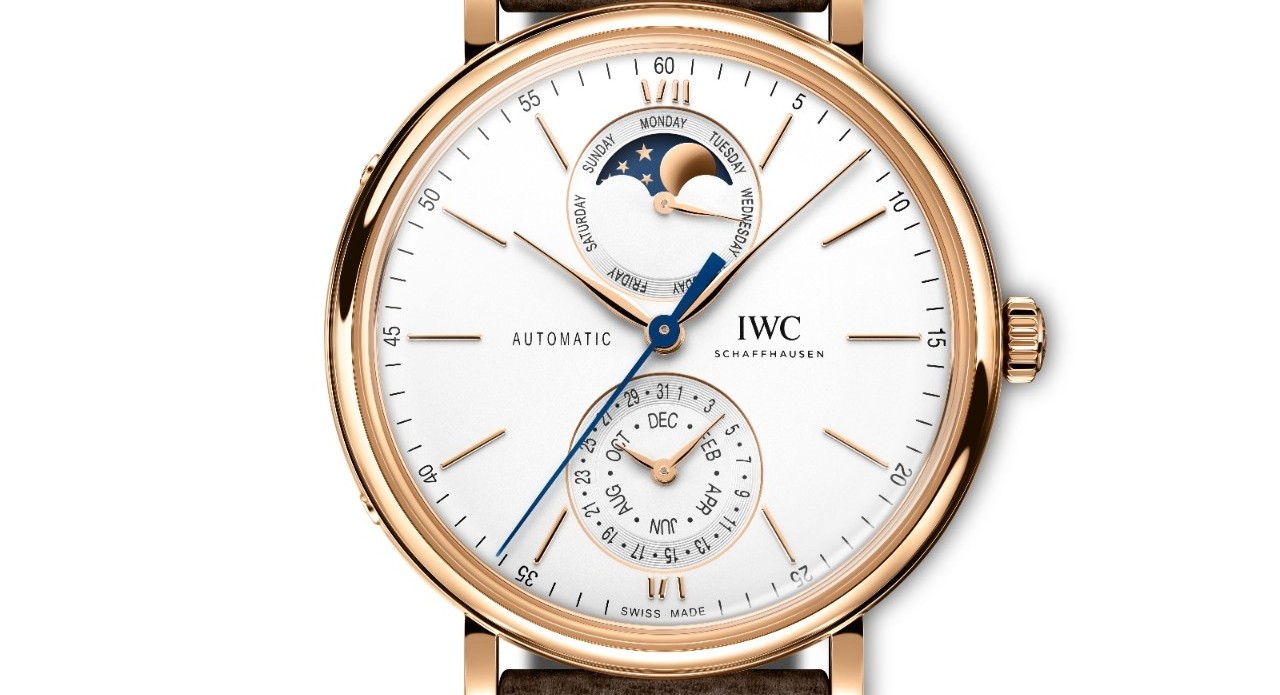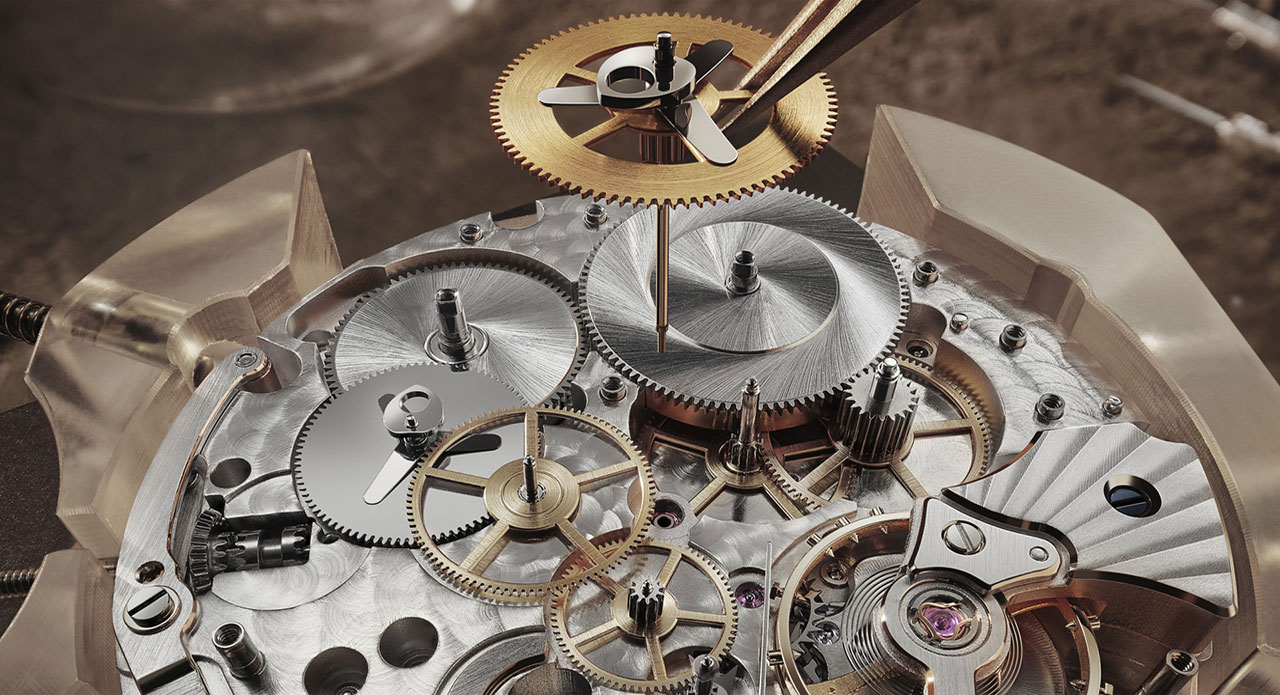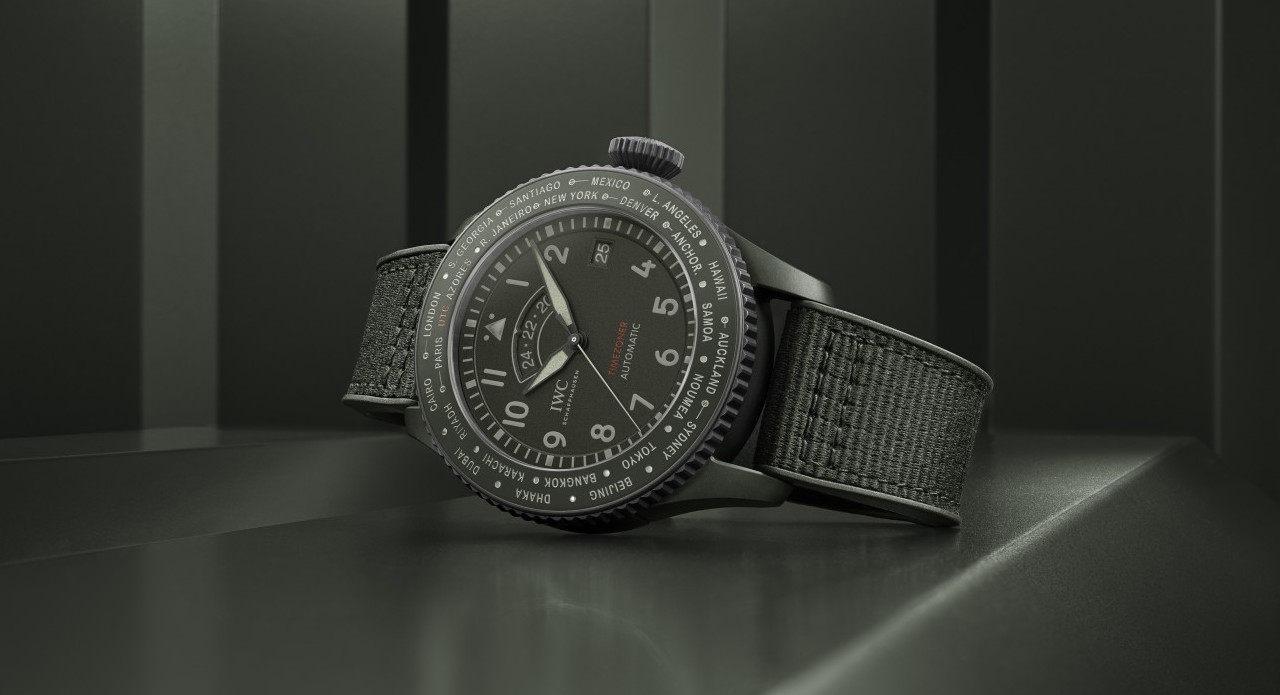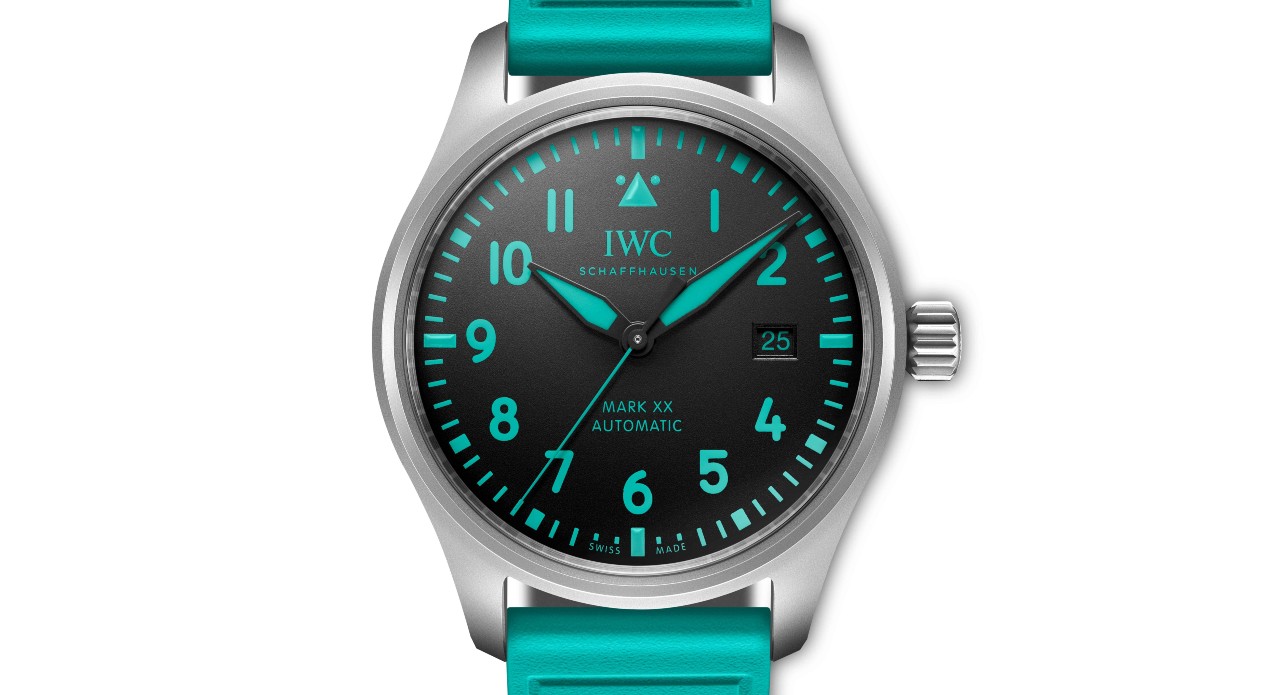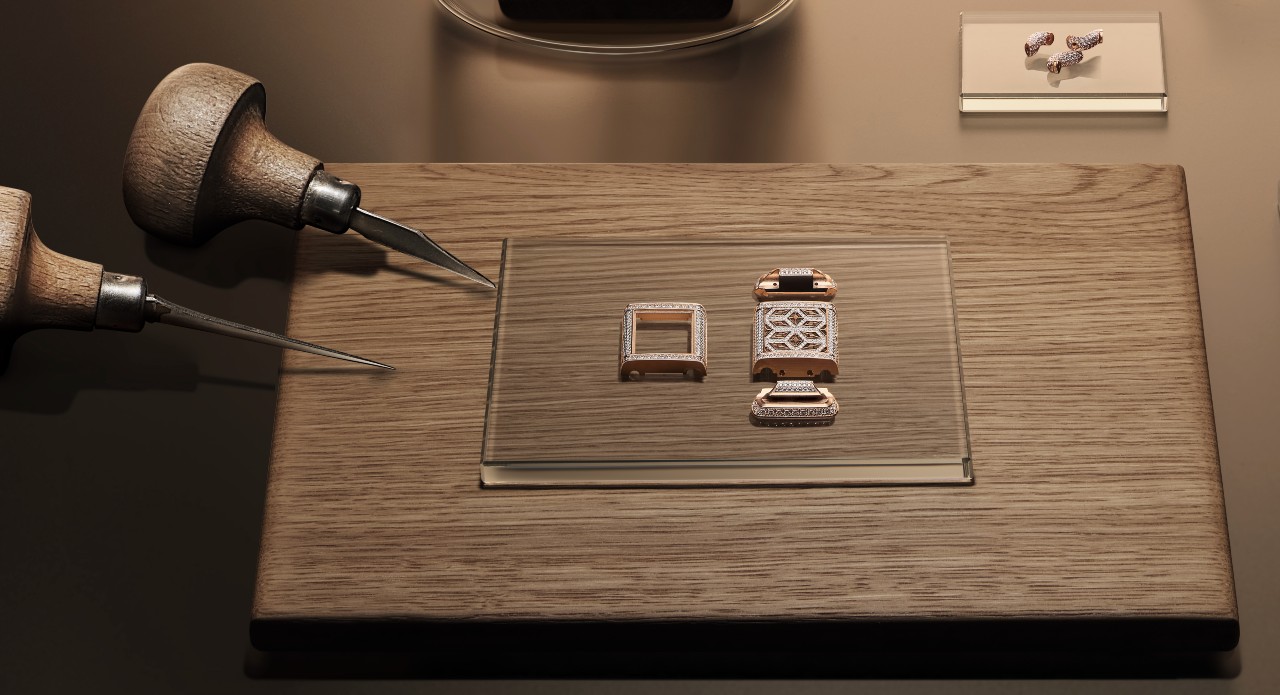In the ever-evolving world of horology, where microgears and millimeters decide brilliance, the annual calendar sits comfortably between genius and restraint. It’s the complication that doesn’t shout its presence — it simply gets the calendar right, quietly, confidently, and almost all year long. Think of it as the watch world’s honor student: not quite the overachieving perpetual calendar, but far more capable than the forgetful simple date. And like all good stories in watchmaking, its tale begins with a touch of necessity, a dash of innovation, and a deep obsession with perfection.
Imagine this: a mechanical brain so intelligent it knows the difference between April and May — yet humble enough to ask for your help just once a year, on March 1st. That’s the charm of the annual calendar. It’s not about showing off; it’s about working smarter, not harder. In a landscape obsessed with grand complications, the annual calendar feels like quiet rebellion — precision with personality, elegance with logic. It’s a reminder that the best kind of intelligence isn’t loud; it’s consistent.

The Role: Making Sense of the Calendar Year
At its core, the annual calendar complication tracks day, date, and month — automatically adjusting for months with 30 or 31 days. The only manual correction needed is at the end of February, when the watch politely admits it hasn’t mastered leap-year math (that’s the job of the perpetual calendar).
This feature may sound simple in the digital age, but in mechanical watchmaking, it’s a marvel. The mechanism inside reads the varying lengths of months through a complex system of cams, levers, and wheels, moving in synchronized harmony to ensure the date window never lies. It’s a micro-engineering feat — one that elegantly balances functionality with restraint.
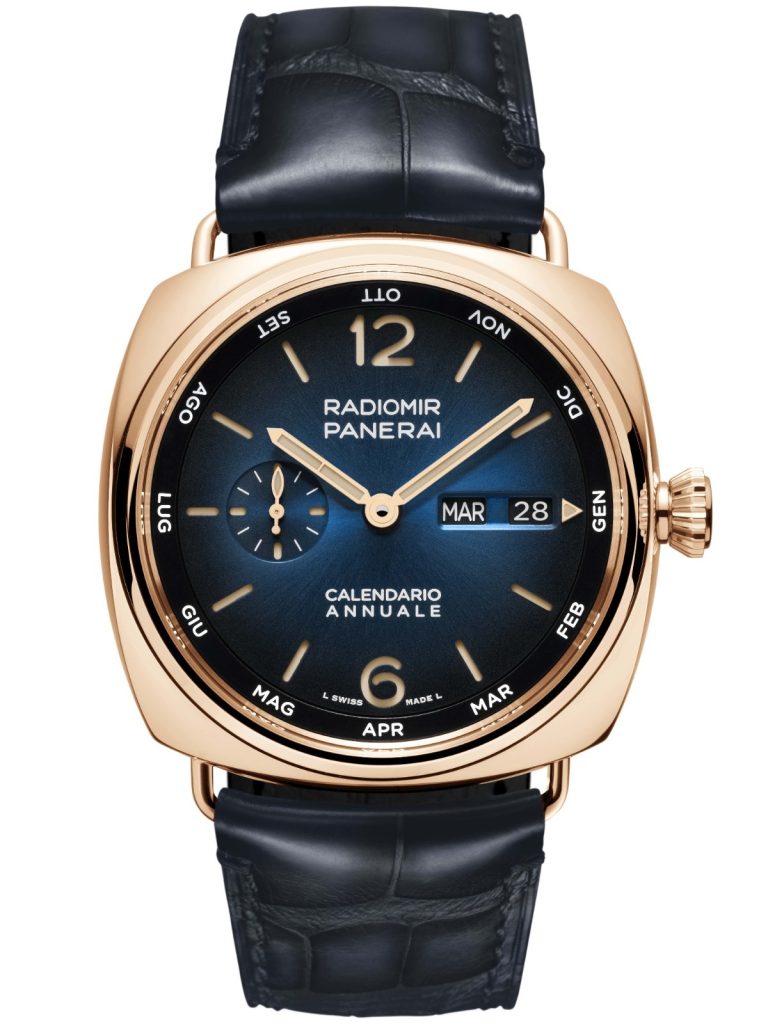
A Brief History: The Birth of Practical Genius
For centuries, watchmakers toyed with ways to make timepieces smarter — capable not just of marking time, but of understanding it. The perpetual calendar had long existed as the pinnacle of mechanical intellect, automatically accounting for every month, including leap years. But it came with two challenges: extreme complexity and an equally extreme price tag.
Enter Patek Philippe, the brand that redefined what “useful luxury” could mean. In 1996, the Geneva maison unveiled the Patek Philippe Ref. 5035, the world’s first annual calendar wristwatch. It was an innovation born not from excess, but from elegant pragmatism — a movement that could do 90% of what a perpetual calendar could, but with simpler mechanics and everyday usability.
The 5035 didn’t just mark a technical milestone; it sparked a new category altogether. Other haute horlogerie houses soon followed, realizing that this “practical complication” struck a balance between sophistication and accessibility. The annual calendar quickly became the thinking person’s choice — smart enough to impress, restrained enough to wear daily.
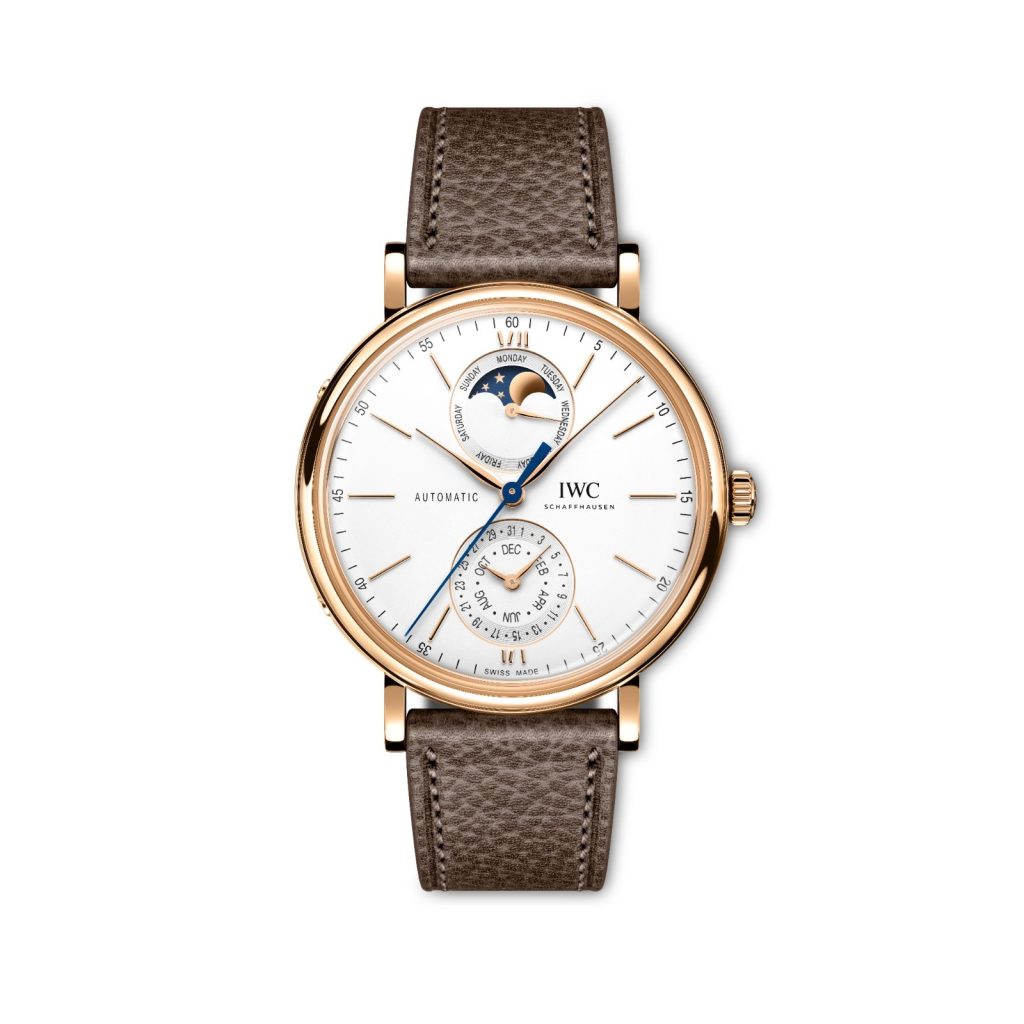
Why It Was Created: The Pursuit of Effortless Accuracy
The idea behind the annual calendar was simple yet profound: to minimize human error without overcomplicating the machine. Prior to its invention, standard date watches required constant adjustment at the end of every short month — a minor nuisance, but one that grated on watch purists who valued precision above all.
The annual calendar solved that problem beautifully. With just one correction a year, it combined practicality with prestige. It proved that not every advancement in horology had to scream complexity; sometimes, brilliance lies in balance.
Evolution: Beyond Patek’s Blueprint
In the decades since Patek Philippe’s 5035, the annual calendar has become a playground for creativity across brands. Omega, IWC, A. Lange & Söhne, and Rolex (with its Sky-Dweller) have all reinterpreted the complication in distinct ways — from minimalist displays to multi-layered dial layouts. Some modern designs incorporate retrograde indicators, others use panoramic date windows or semicircular month displays, proving that form and function can dance together without missing a beat. While perpetual calendars remain the showpieces of collector circles, the annual calendar has carved out a niche as the more relatable genius — the one you can wear, adjust once a year, and admire daily.
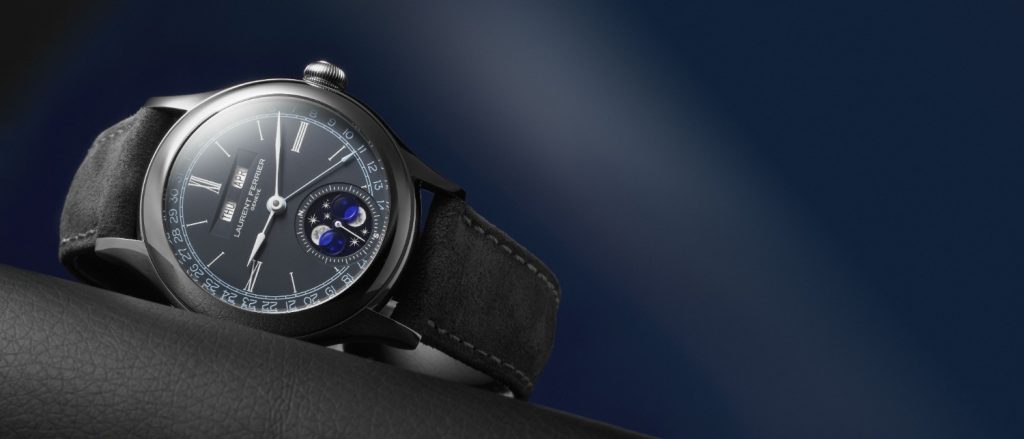
The Annual Calendar Today: A Smart Complication for a Thoughtful Collector
In an era when smartwatches automatically sync with atomic time, the mechanical annual calendar feels deliciously rebellious. It’s a complication that doesn’t need Bluetooth or batteries — just centuries of craft and the patience of precision engineering. It represents a philosophy that refuses shortcuts: that time, even when automated, deserves to be understood, not merely displayed.
Owning an annual calendar isn’t about convenience; it’s about connection. Each turn of its gears is a dialogue between human ingenuity and the rhythm of the year. It’s mechanical mindfulness — one that invites you to pause, adjust, and appreciate that perfect balance between effort and elegance.
